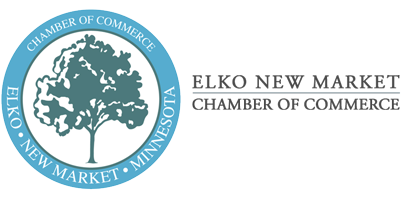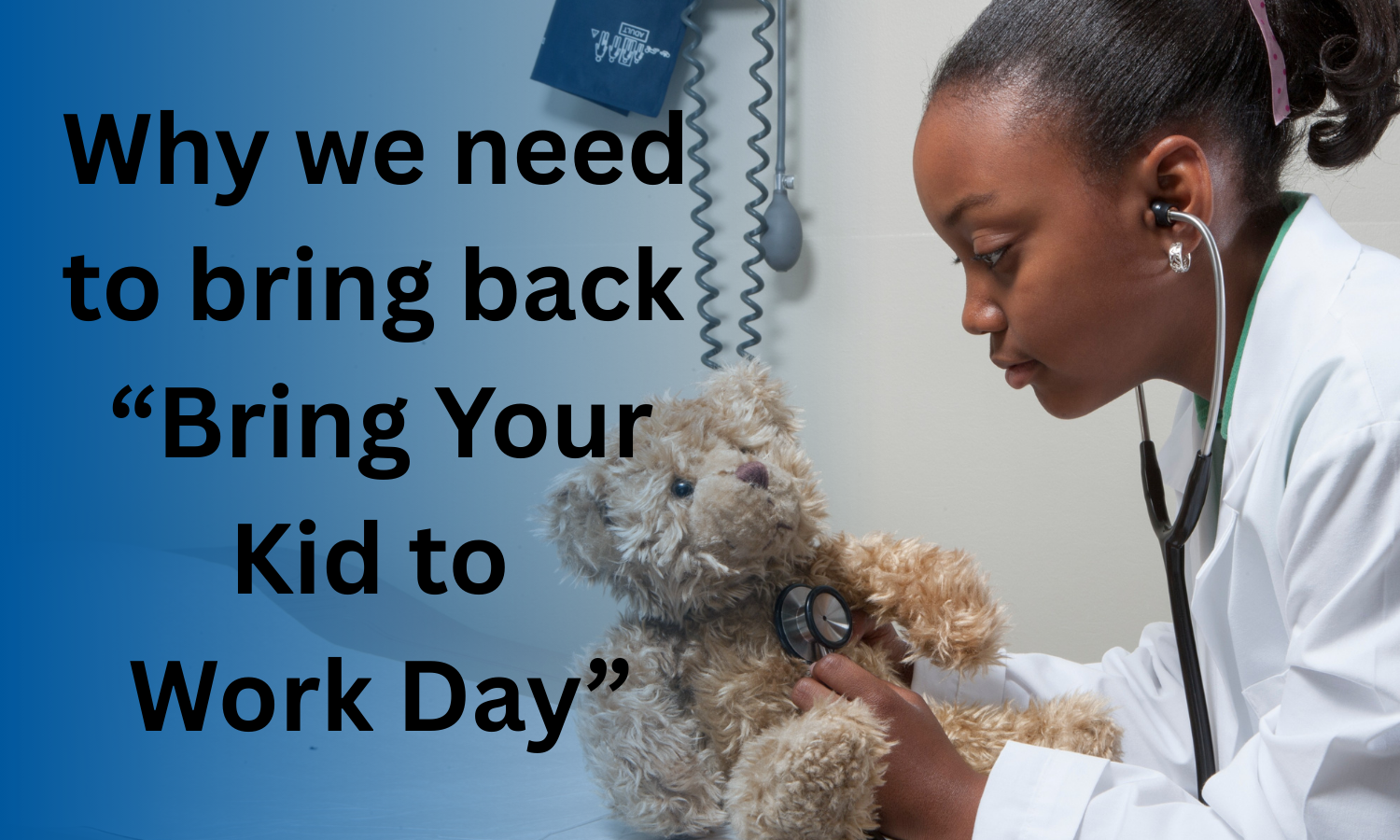How A.I. Can Help Minnesota Businesses Comply with MN Paid Leave Program
Minnesota employers are preparing to implement the Paid Family & Medical Leave (PFML) program, administered by DEED, starting January 1, 2026. Among other things, businesses must:
-
Register for a DEED Paid-Leave Only account and submit quarterly wage detail reports via the UI system
-
Calculate and remit quarterly premiums (0.88% of employee wages; reduced for small businesses)
-
Notify employees in writing (or post a notice) within 30 days of hire about coverage and leave rights
-
Optionally manage an equivalent private plan with DEED/Commerce approval
-
Answer employee questions about eligibility, intermittent leave, etc., following DEED guidance
For more info on Employer Requirement, go to the MN DEED Paid Leave website.
For ideas and instructions on how A.I. can help you implement these changes KEEP SCROLLING!
Automate Wage Detail Reporting (Template Generation & Data Validation)
Why this matters:
Starting October 31, 2024, Minnesota employers must submit quarterly wage detail reports for each employee to the DEED Paid Leave program. This report will include:
-
Employee name
-
Social Security Number (last four digits)
-
Total wages for the quarter
-
Total hours worked for the quarter
Failure to submit accurate and timely reports could result in penalties or delays in employee benefit eligibility. AI tools can help you streamline this process—even if you’re not using high-end payroll software.
Step-by-Step: How to Use Free AI to Generate and Validate Wage Detail Reports
Step 1: Export or Create Your Payroll Spreadsheet
From your payroll system or accounting software (like QuickBooks, Gusto, or even a manual spreadsheet), export or build a table that includes:
-
Full name
-
SSN (or last four digits only)
-
Total gross wages for the quarter
-
Total hours worked for the quarter
Step 2: Open ChatGPT (Free Tier)
Go to chat.openai.com and use the free ChatGPT plan. You don’t need ChatGPT Plus for this.
Paste the following prompt (and modify as needed):
I need help preparing a Minnesota Paid Leave wage detail report.
Here's the raw payroll data for Q1 2025:[Paste your employee table here]
Please do the following:
- Format the data as a clean wage detail report
- Flag any missing SSNs or extreme outliers (like someone working 1,000+ hours)
- Ensure formatting is suitable for uploading into a government system (CSV-style)
- Add a total at the bottom
Bonus Tip:
You can ask ChatGPT to generate a column that calculates employer and employee premiums (0.44% each) using formulas or built-in math:
Add a column calculating 0.44% of wages for both employer and employee. Include totals.
Step 3: Review and Copy Output to Google Sheets or Excel
ChatGPT will respond with a formatted table—usually cleaned up with headers and totals. It may also flag any data issues such as:
-
Negative wages
-
Unusually high/low hours
-
Blank fields
Paste the results into a Google Sheet or Excel doc. If needed, save the sheet as a .csv file for upload into your DEED account when the system opens.
Step 4: Final Validation Before Submission
Use Excel formulas like:
-
=IF(ISBLANK(B2), "Missing SSN", "") -
=IF(D2>1000, "Check hours", "")
These flags help catch anything AI may have missed.
Optional Step 5: Reuse Prompts Quarterly
Save your prompt and sheet structure. Each quarter, simply paste in your new raw payroll data and repeat the process. You can even build a custom GPT (free) that remembers your formatting preferences!
Free Tools You’ll Need:
-
Google Sheets (or Excel)
-
Your existing payroll export (CSV or manual entry)
P
Generate Employee Notification Templates
Why it’s required: Employers must notify employees about Paid Leave coverage within 30 days of hire or by November 1, 2025.
Step-by-step: AI-powered approach to building an Employee Notification Template
Step 1. In ChatGPT, copy and paste the following prompt:
"Draft a Minnesota Paid Leave notification for new hires, covering program overview, employer/employee premium share, submission process, and employees' rights.
Step 2. Provide company name/hiring date for personalization.
Step 3. Use the generated copy in emails or printed posters.
Free tools: ChatGPT free tier.
P
Assist with Equivalent Private Plan Compliance
Why this matters:
Under the Minnesota Paid Family and Medical Leave (PFML) Program, all employers are expected to participate by default. However, employers can choose to opt out if they provide a private plan that is at least as generous as the state program.
This option is called an Equivalent Plan, and it must be approved by both DEED and the Minnesota Department of Commerce. Businesses that go this route must still collect and manage premiums and report to the state—but they get more control over administration and benefit delivery.
Why a Business Might Choose an Equivalent Plan
-
Customization: Offer benefits that match your internal culture or align with current PTO or leave policies.
-
Integrated HR Experience: Avoid asking employees to file through a government system—manage leave requests through your current HR or payroll system.
-
Privacy & Speed: Some employers prefer internal handling of personal and medical information instead of routing it through the state.
-
Cost Optimization: If your internal plan already meets or exceeds state standards, opting out avoids duplication and streamlines processes.
Note: Equivalent plans must cover the same qualifying events, offer the same length and amount of paid leave, not cost employees more, and must not discriminate based on job class or demographics.
More info here: DEED Equivalent Plan Requirements
Step-by-Step: Build a Compliant Equivalent Plan with AI Assistance
Step 1: Review the Requirements
Visit MN DEED’s Equivalent Plan Requirements Page and take note of what’s required, such as:
-
Plan coverage and qualifying events
-
Wage replacement formula
-
Benefit duration
-
Non-discrimination clause
-
Contribution details (must not cost employees more than state plan)
-
Administrative process and documentation
Step 2: Ask ChatGPT to Generate a Checklist
Prompt ChatGPT with something like:
I’m building a Minnesota Paid Leave Equivalent Plan for my business. Create a detailed checklist that aligns with DEED’s requirements. Include sections for:
- Employee eligibility
- Qualifying life events
- Wage replacement calculations
- Duration of leave
- Notification processes
- Recordkeeping
- Plan costs to employer and employee
You’ll get a structured, ready-to-use checklist with room to document how your business meets each point.
Step 3: Draft Policy Documents and Internal Handbooks
Ask ChatGPT to help generate your plan documents, like:
Write a sample Equivalent Paid Leave Policy for Minnesota employers that meets or exceeds the state plan. It should include:
- Eligibility criteria
- Leave duration and qualifying events
- Payment structure
- Internal request and approval process
- Non-discrimination assurance
Review and adapt the draft based on your current benefits and company culture. You can use this as the basis for your internal handbook, employee welcome packets, or HR policies.
Step 4: Create the Application and Supporting Documents
DEED and the Department of Commerce will require formal submission. You can ask ChatGPT to:
-
Generate a cover letter explaining your intent to use an equivalent plan
-
Draft an executive summary comparing your plan to the state model
-
Create a comparison chart showing that your benefit amounts and durations meet or exceed DEED’s
Prompt idea:
Create a side-by-side chart comparing Minnesota PFML requirements with our company's proposed equivalent plan. Include columns: Requirement, State Plan, Our Plan, Meets/Exceeds?
Step 5: Store and Share for Review
Compile your documents in Google Drive or a shared folder.
Ask ChatGPT to generate:
-
A table of contents
-
Plan summary email for your legal or HR team
-
Checklists for annual review or updates
Minnesota’s equivalent plan option is a great fit for businesses with strong internal leave policies or the desire to keep administration in-house. With free AI tools like ChatGPT, you don’t need a legal team or consultant to get started—you just need time, data, and a structured approach.
The MN Paid Leave Program is required for ALL businesses and does have a bit of a learning curve with it. Make sure you are staying up-to-date with all the rules, updates and processes. You can find more info on the MN Paid Leave website or contact your local Chamber. We are always happy to help!






